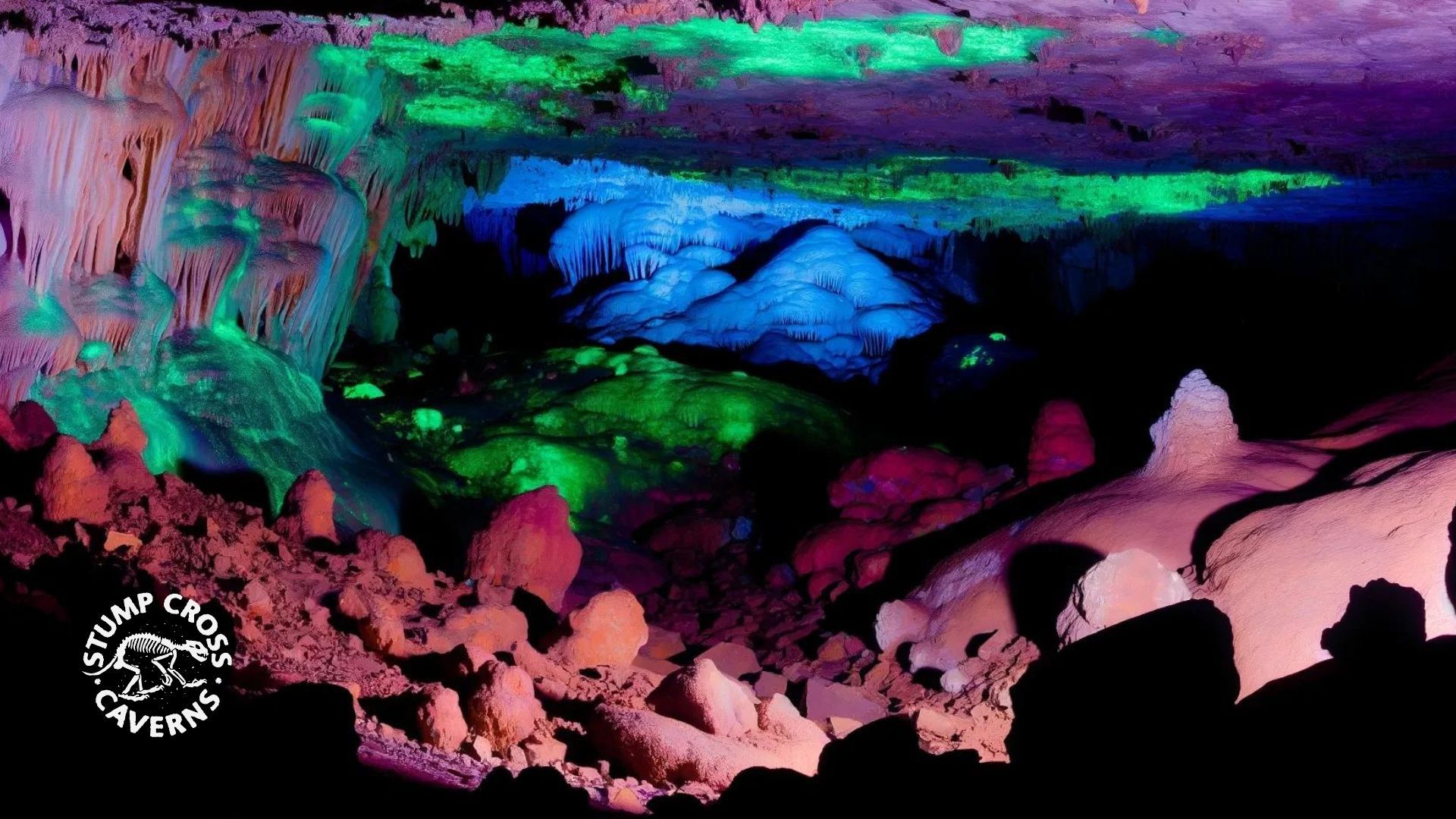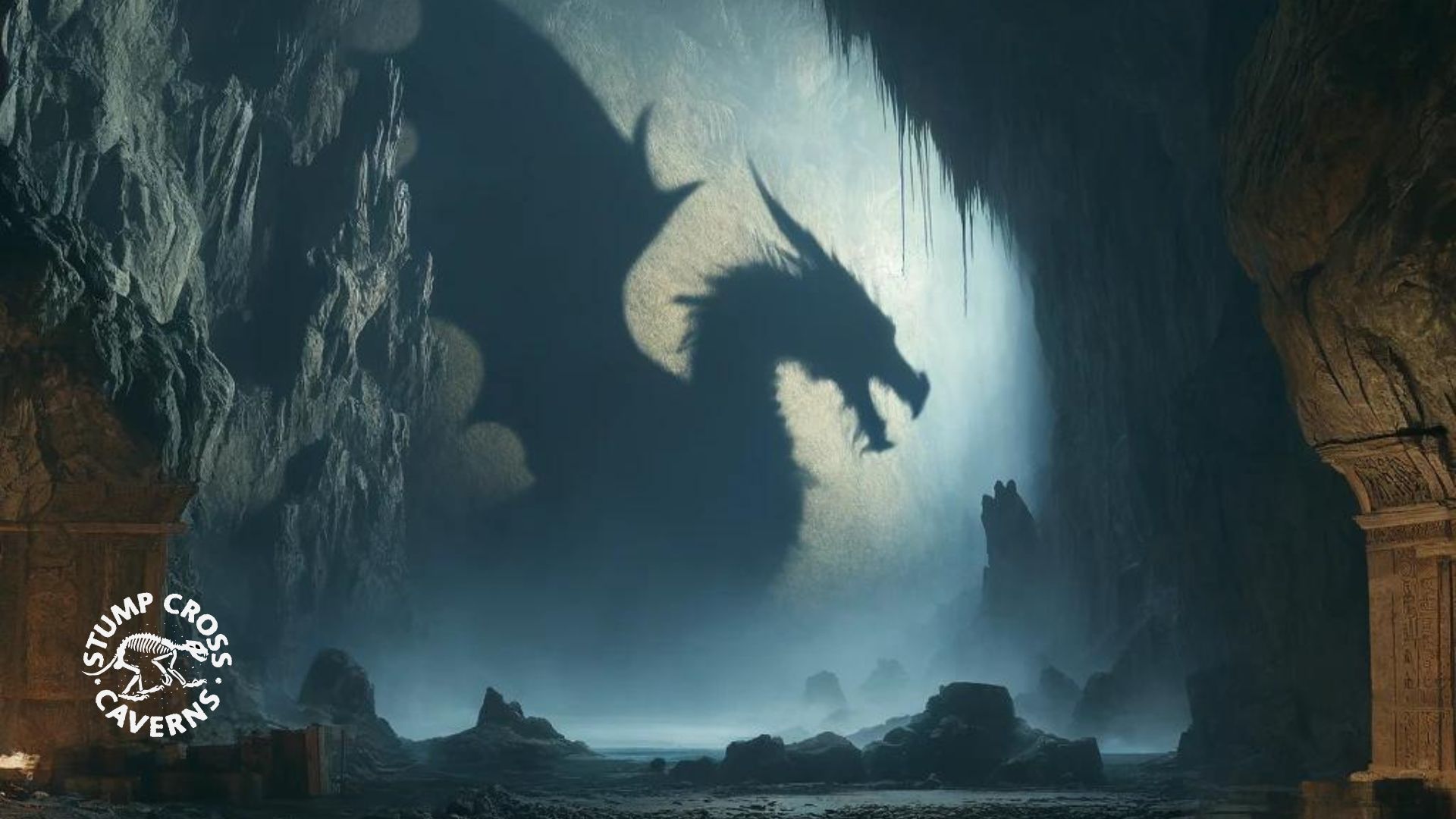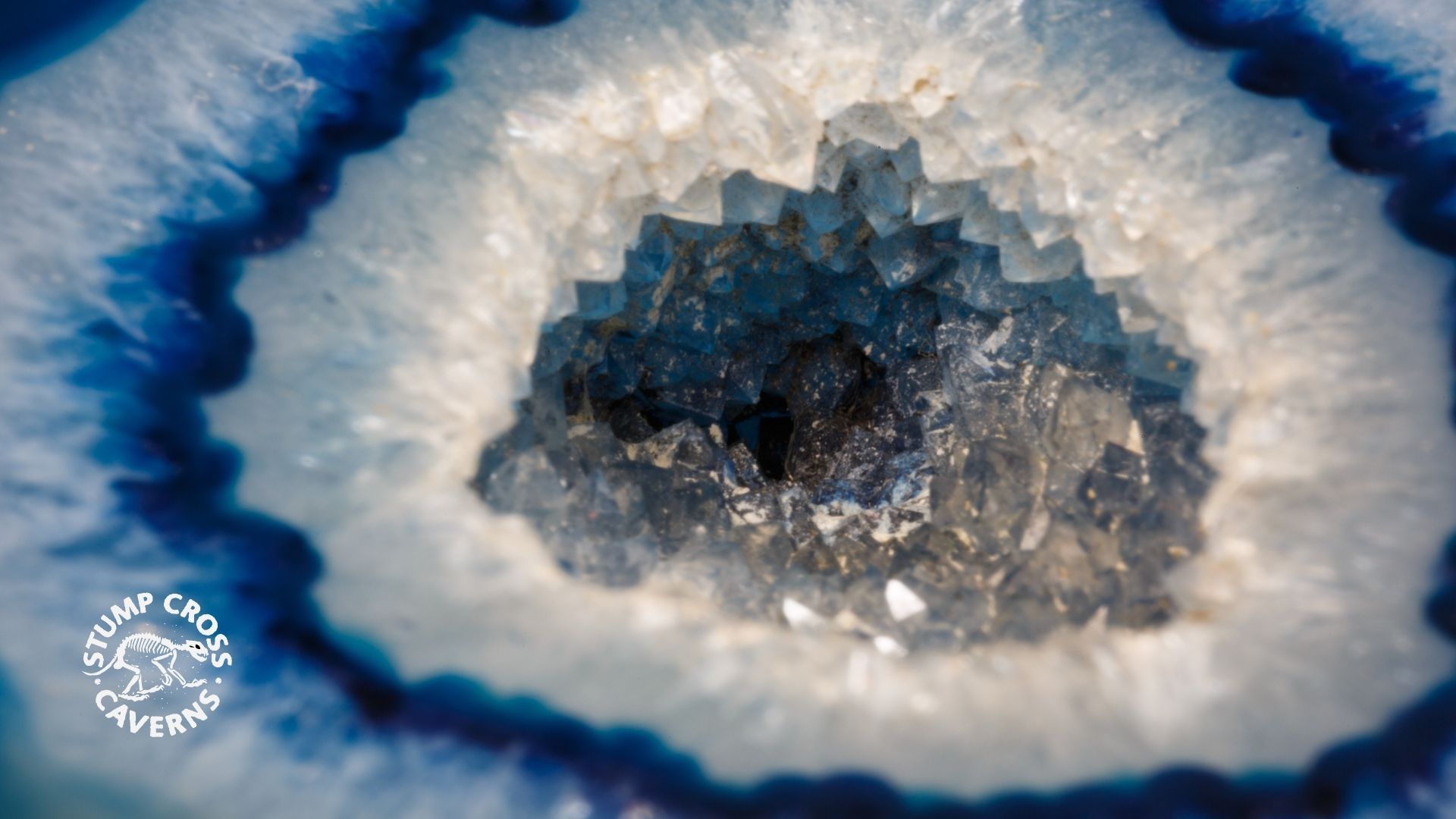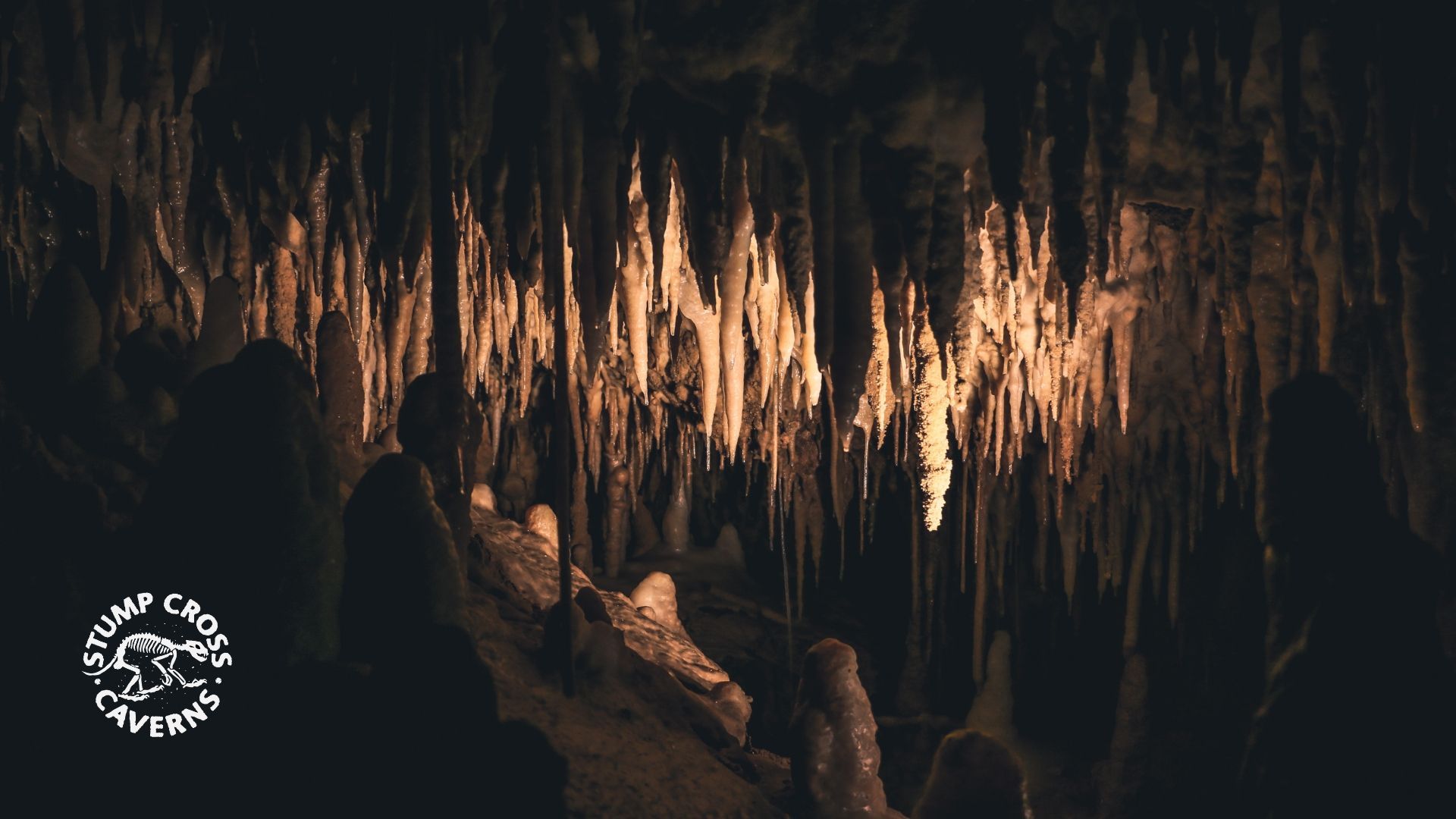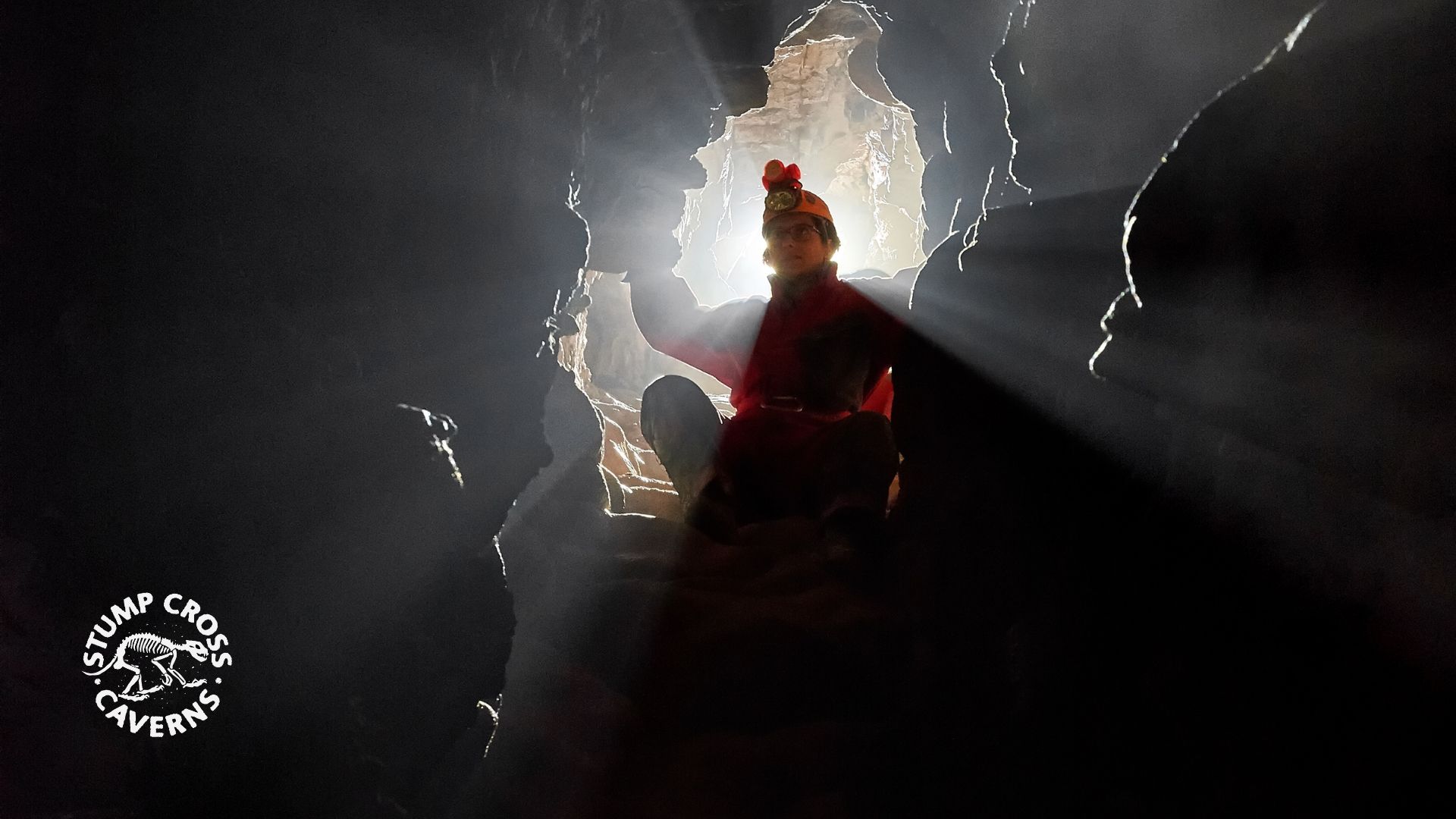Curious about prehistoric art in the UK? Find out how, why and where our ancient ancestors left their mark.
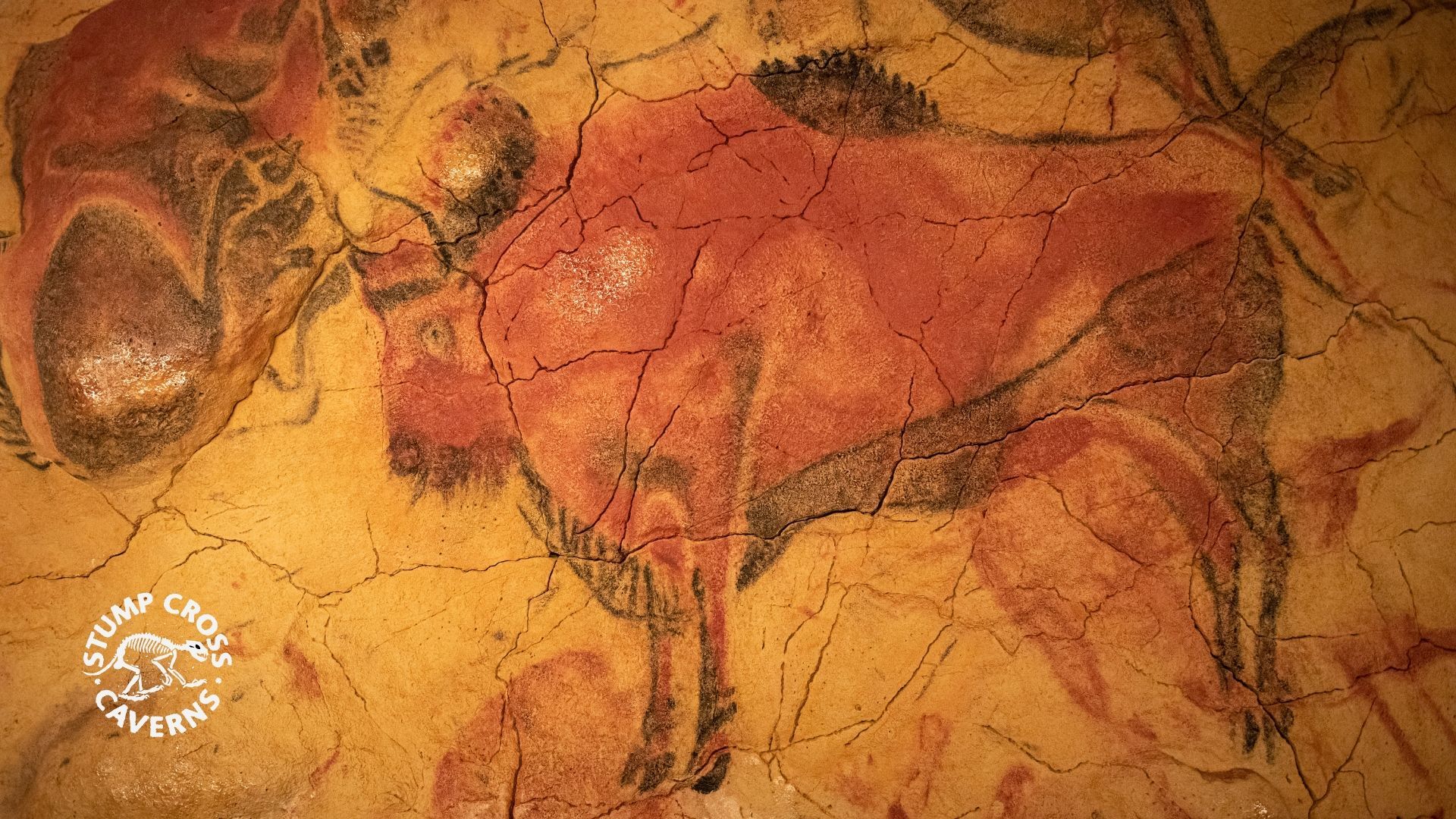
When we think about what defines us as humans, we might come up with things like walking upright, our large brains or our complex social lives.
But there's more to us than just that! For instance, have you considered whether creativity is part of what makes us people?
Since the early days of humanity, we've been making music, designing tools and creating wonderful visual art.
Yes, one of our most enduring characteristics is our obsession with artistic expression. We know for a fact that our ancestors made art as long as 73,000 years ago.
Prehistoric communities across the world used innovative methods to carve and paint ancient cave and rock art. They made paints from organic materials and used the natural world and their relationship to the outdoors as inspiration for beautiful pieces, some of which are preserved and enjoyed to this day.
You might be familiar with the Lascaux caves in France, where painted depictions of bison, deer, bulls and horses are dated to around 30,000 years old. You might even have seen some examples of cave art in Australia or the Americas.
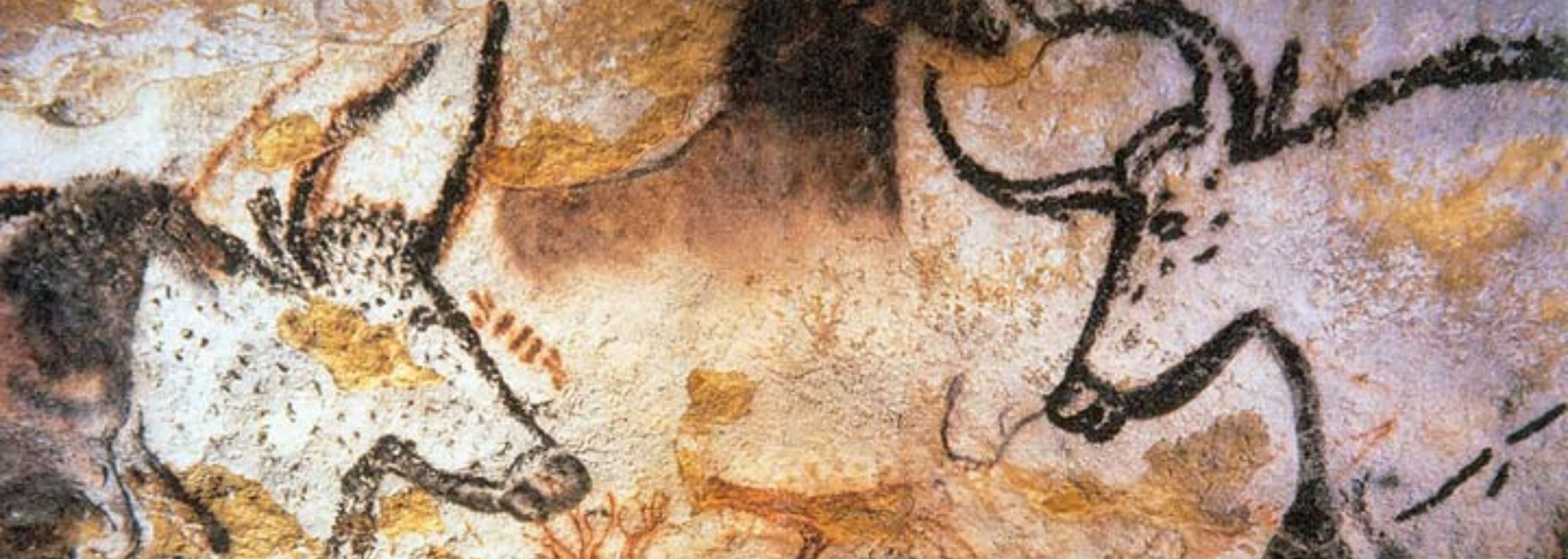
But did you know that we have some fine examples of prehistoric art right here in the UK?
That's right. Read on to find out about some of the amazing ancient cave and rock art created in Britain many thousands of years ago.
Cave art in Britain
During the Upper Palaeolithic, people painted caves and engraved bones and other items, creating art that spoke of their day-to-day lives.
Scenes across the world depict dancing, rituals and hunting. There are also many examples of hand prints, which help us feel connected to ancestors who lived 14,000 to 40,000 years ago.
Strangely, though, Britain doesn't have a whole lot of cave art. (There's plenty of rock art – but we'll come to that later.)
Perhaps in our lifetimes, archaeologists will discover more. But for now, let's focus on a fine example nestled in the East Midlands countryside.
Creswell Crags
In the 1870s, excavations at Creswell revealed evidence of Palaeolithic human occupation – but, astonishingly, the art wasn't noticed!
So, in 2003 when the caves were found to house fine examples of cave art, many people thought they must be fakes or modern interpretations. However, scientific dating has shown that the carved walls and bones date back to between 13,000 and 15,000 years ago.
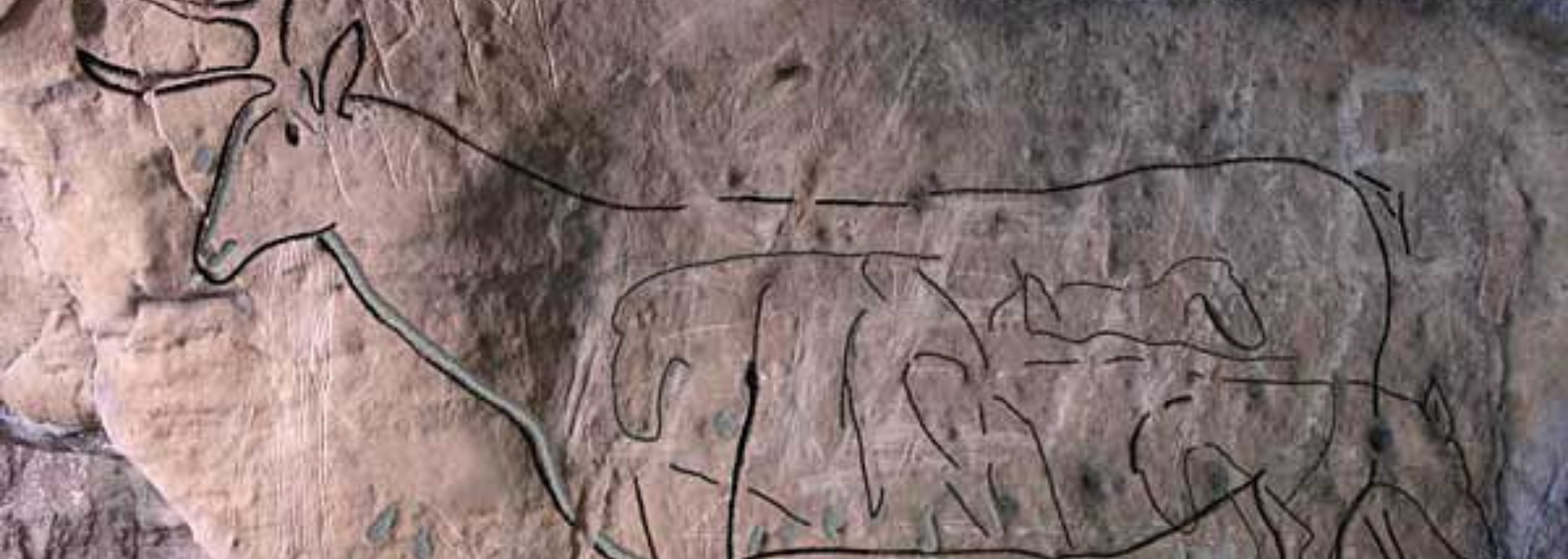
Archaeologists have also found flint tools and other artefacts in the caves that date to the middle Palaeolithic, some 40,000 to 60,000 years ago.
It's believed the caves were inhabited by Neanderthals, even before our homosapien ancestors moved in. What a lot of history in those walls!
What was found in the caves?
One cave, Church Hole, contains more than 80 engravings. These depict birds, groups of women communing and animals such as bison and ibex.
Sadly, many of the engravings are partially covered by more recent markings. It seems our human desire to make our mark has not diminished in the thousands of years since our ancestors started creating this work of art in Church Hole.
Perhaps in years to come, future humans will celebrate our urban graffiti, just as we celebrate prehistoric art.
Robin Hood Cave contained many engraved bones. If you've ever visited the British Museum, you may have seen the horse head engraving on bone that was discovered in the 1876 excavation.
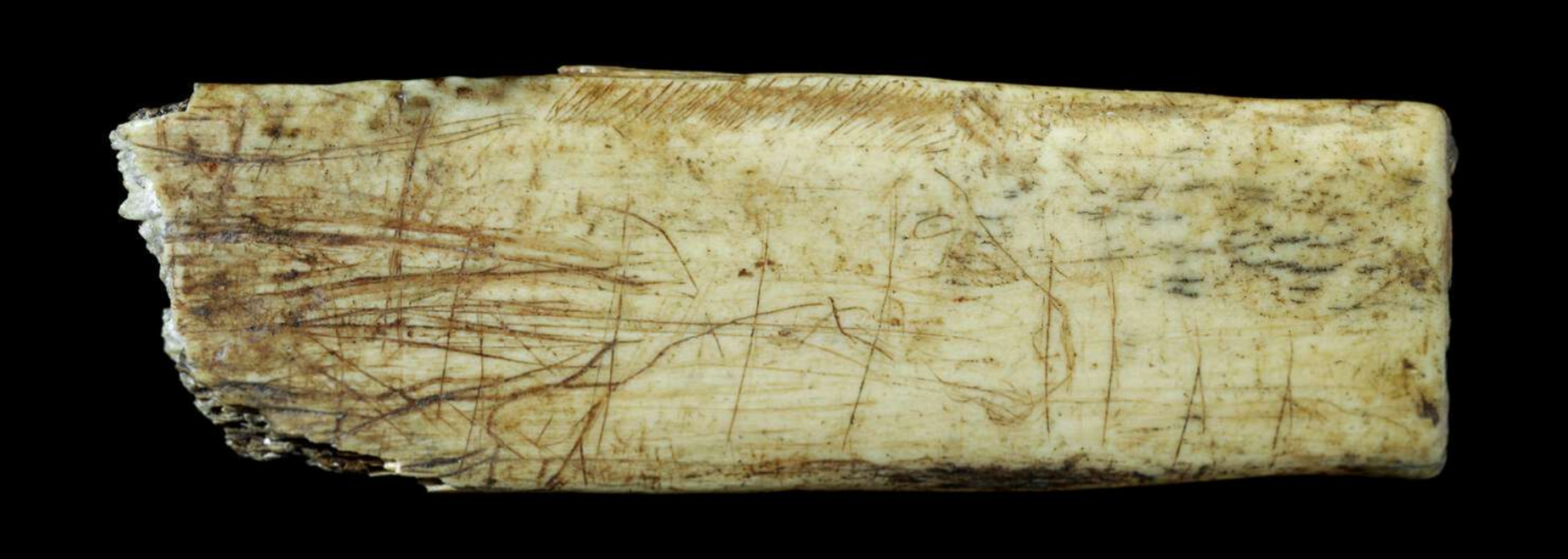
Examinations have shown that red ochre, which is a natural clay pigment, was used to decorate and enhance the engraving.
Pin Hole contained some really interesting bones. Have you ever heard of a woolly rhinoceros? No? They were prehistoric, huge, hairy beasts, which lived in Northern Eurasia including right here in the UK.
The Pin Hole Man is an engraving on a woolly rhinoceros bone. It's astonishing to imagine the megafauna those ancient humans would have encountered.
Other bones discovered in the caves were from animals including spotted hyenas, brown bears and wolves.
British rock art
Rock art is just like cave art. The only difference is that you won't find it in a cave.
Britain's rock art is far more abundant and equally as impressive as its cave art. Much of it was produced during the Neolithic period (4000 to 2500 BC), which saw many social and technological advances in human societies.
These advances are demonstrated by the complex rock art they produced. Our Neolithic ancestors experimented with many techniques and materials to express themselves artistically.
Geometric and intricate abstract patterns can be found across the wild landscapes of Britain, with higher concentrations in western Scotland, Northumberland, Yorkshire and Derbyshire.
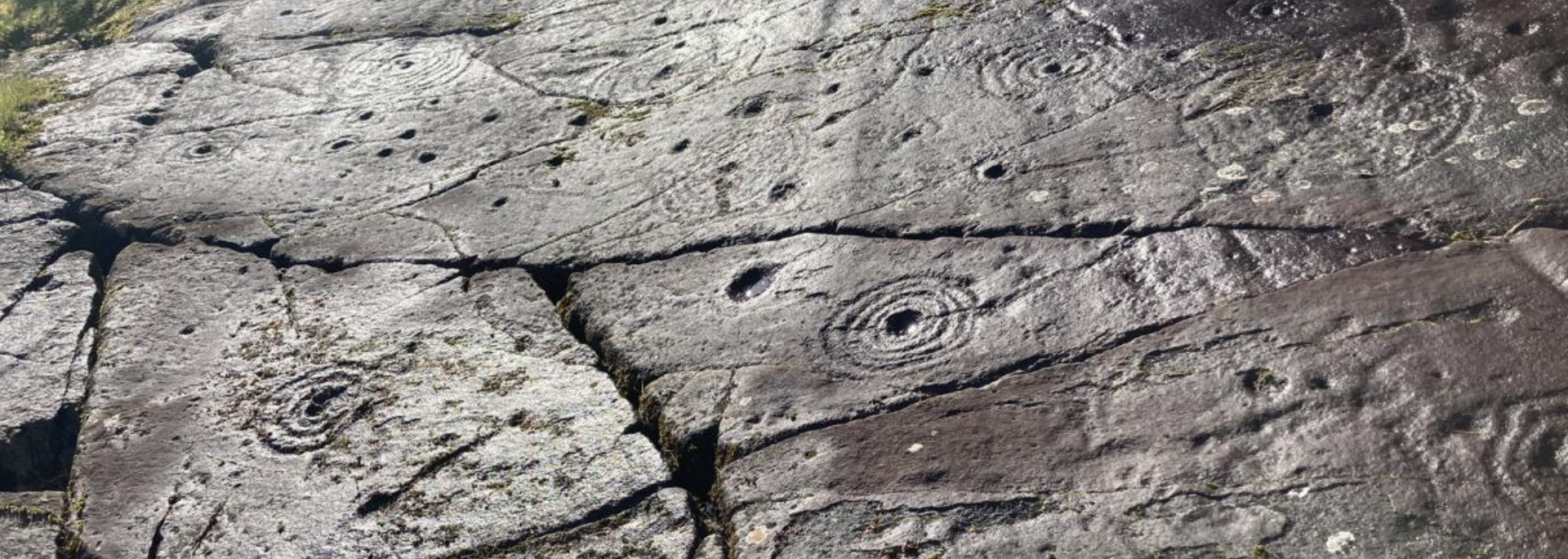
These images are sometimes known as "Atlantic rock art" – and examples in the same style can also be found in Ireland, Portugal and Spain.
The rock art at Achnabreck in Argyll is among the most dramatic. These amazing examples span several outcrops and feature massive marks, some over one metre across.
You'll notice two recurring patterns if you visit Achnabreck: cup marks, which are hollowed-out indentations, and ring marks, which are concentric cyclical patterns.
Closer to home, the boulders strewn about Ilkley Moor in Yorkshire are adorned with all sorts of wonderful engravings, geometric shapes and symmetric motifs. Some even feature face-like carvings.
Why did humans create cave art and rock art?
No one is really sure what this ancient art was trying to express or if there was any deeper meaning intended.
Was it ritualistic? Decorative? Astronomical? We just don't know.
What's most important is to get out there and experience the wonderful spectacles prehistoric humans left behind for us to enjoy.
Now you know all about the UK's prehistoric art and how early humans expressed themselves, why not visit our caves in Yorkshire and further your knowledge of all things prehistoric? You'll delve deep underground and discover fascinating secrets of the ancient world.

Stump Cross Caverns
Greenhow Hill
Pateley Bridge
Yorkshire
HG3 5JL
All Rights Reserved | Stump Cross Limited
Crafted with creativity and marketing savvy by My Digital Hero
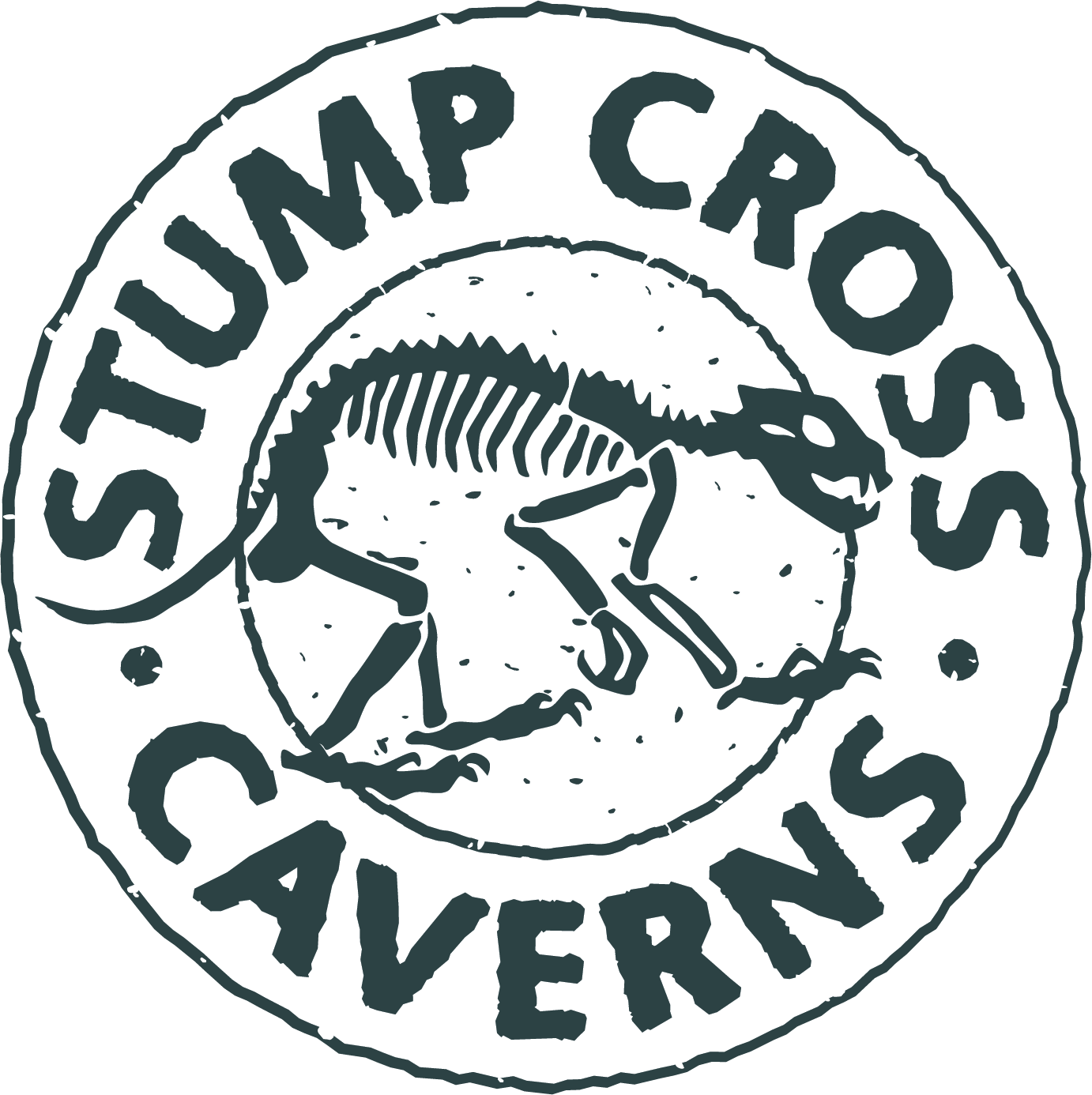
Stump Cross Caverns
Greenhow Hill
Pateley Bridge
Yorkshire
HG3 5JL
enquiries@stumpcrosscaverns.co.uk
enquiries@stumpcrosscaverns.co.uk
All Rights Reserved | Stump Cross Limited
